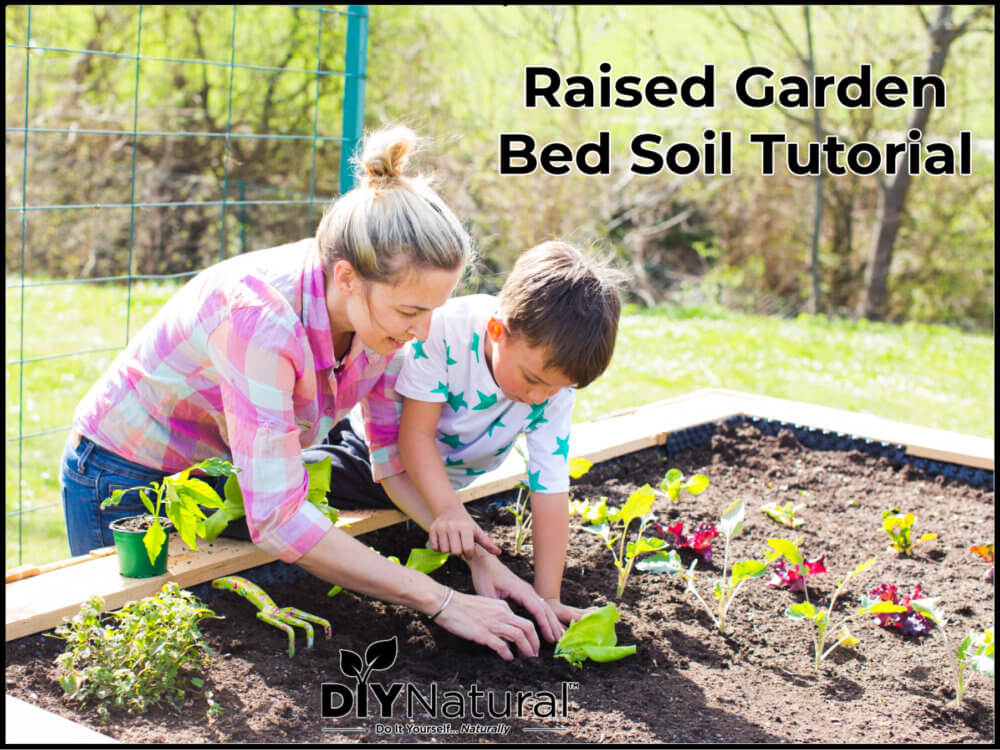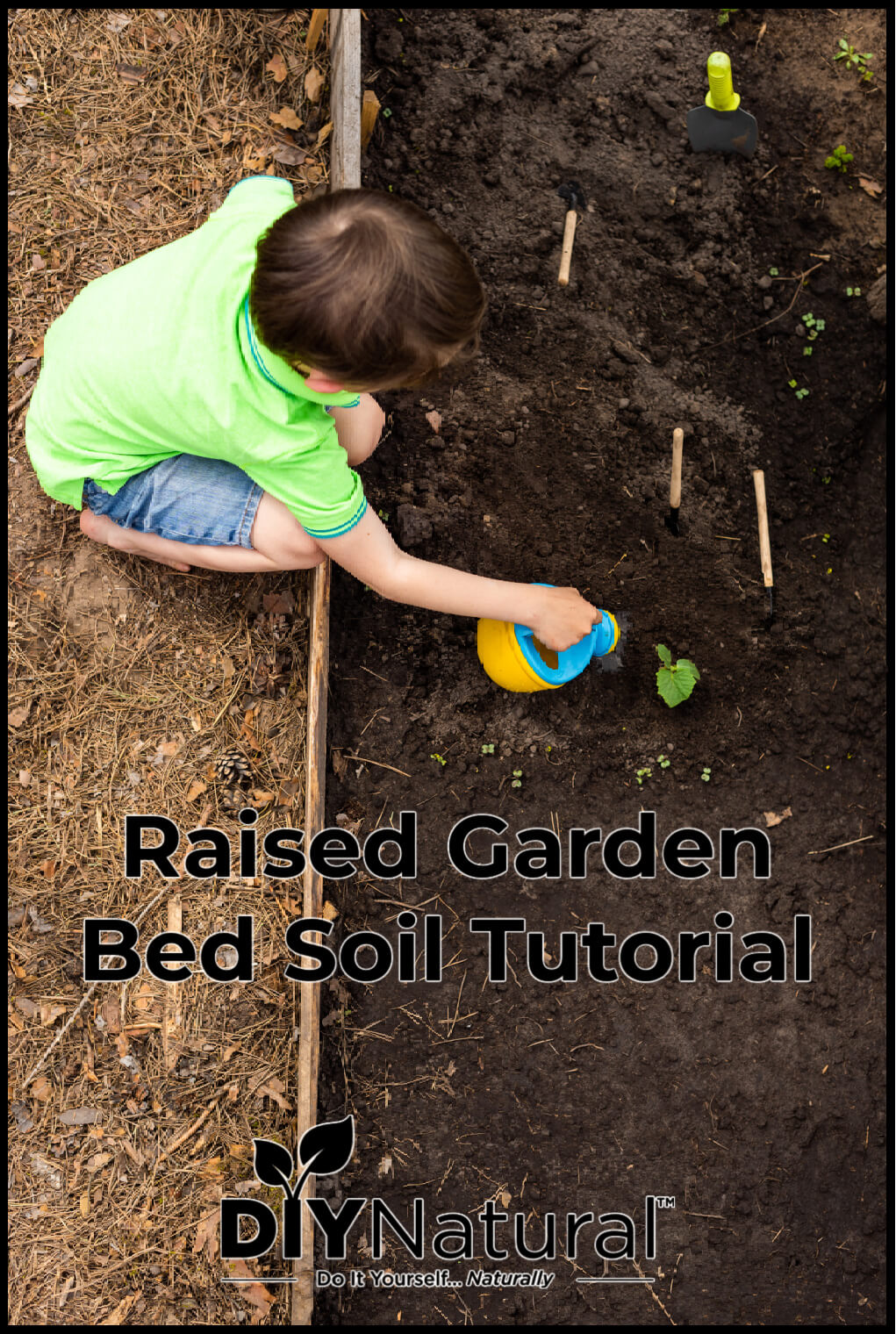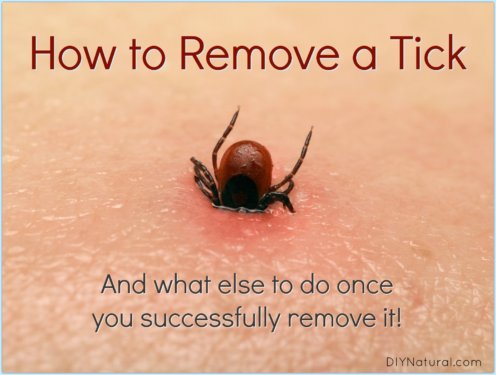
Learn how to build your own natural and healthy raised garden bed soil. We show you what to use and what not to use so your plants thrive!
This year I’m creating a bunch of raised garden beds. It’s so much easier than trying to amend the soil for a large garden area. Our soil is compacted clay and acidic. The acidic conditions are fine. But drainage is an issue for the clay soil. Most plants need better drainage. So raised beds it is!
Types and Sizes of Raised Beds
There are so many types of raised garden beds, from those you create yourself to premade and assembled types. I’ve seen those plastic or wood structures that come in a box at hardware stores. There are also steel-side beds or concrete block structures. I’ve even used straw bales, which is a self-contained garden bed. These need a bit of conditioning before use can use them, but they last a season. I’ve also used large pots, trash cans with holes in the bottom, and even burlap coffee bags. The bags will last for a season and then degrade in the compost.
Whatever you choose, be sure the depth is deep enough for the root systems of the plants you’ll be putting into that bed. Some, like strawberries and herbs, don’t need more than a few inches. But some, like most shrubby plants and tomatoes and peppers, have either a long taproot or a dense branching root system. You’ll want to take this into account so your plants will thrive rather than just trying to survive.
If you want to buy some we recommend using these EarthEasy.com kits that are simple, prebuilt kits made of cedar.
Natural Raised Garden Bed Soil Builders
While you could fill the bottom of a container garden with almost anything, not all materials are equal. Packing peanuts are great for taking up bulk, but they are plastic that could leach toxins into the soil. Here is a list of what is safe and easy to obtain:
Wood Chips
Most wood chips are fine to use and are safe. Exceptions would be black walnut, some cherry, and anything with a heavy pitch or sap load, like some pines. Aged wood chips are best because they’ve already started the decomposition process. You don’t want the chips to break down too fast, but not too slowly either.
Tree Branches
Like wood chips, tree branches make good filler material. They fill with moisture, like in the hugelkultur process, and hold it until the plants need it. This allows for gardening even in harsh, dry conditions. If allowed to sit for a while, branches will colonize mycelium, the fungal network of mushrooms. Mycelium helps to break down the wood and often helps to feed plants.
Logs
On the large end of the wood spectrum, logs work in the same way as branches and wood chips but will do so over a very long period of time. They use logs in hugelkultur for the structure of the bed, but also for water and nutrient retention.
Cardboard
Most cardboard now made is natural. The adhesives even break down over time. And most all ink is soy-based, making this a great choice for containers. It will break down quickly compared to wood or branches, so be aware that your beds may sink in somewhat.
Plant Material
When cleaning garden beds, I take the old plant material and add it to my raised beds. You may need to break up or chop some of it, like my 20-foot high sunchoke stalks. These will break down pretty quick too, be sure to add more or more soil. Adding soil on top and in between layers can help it to break down faster.
Produce and Eggs
You can also add broken pumpkins, old eggs, and woody turnips to raised beds to make up the bulk. Be sure to break the eggs when you put them in so you don’t find a stinky surprise later.
Straw Bales
After my straw bales are done for the season, I toss them into my raised beds. They break down pretty fast and become part of the soil.
Old Soil
Every spring I start with fresh soil, or soil I mix with compost and mulch, to create new soil. Your raised garden beds are a great place to keep your old soil while mixing new in.
Lasagna Garden Method
Check out this article on making lasagna gardens. You can use this method of layering in raised beds too.
Manure
Aged or semi-aged manure is great here. If not aged all the way, the bottom of a raised bed is a great place to get it to break down.
Things to Avoid in Raised Garden Bed Soil
While a great many things can be used in raised garden beds, there are some things to avoid. Here are a few of the things I don’t usually put in my garden bed.
Dog or Cat Waste
Although it is possible to compost dog and cat waste (even human!) successfully, it takes several years in a high heat situation. In a raised garden bed, unless these things are broken down ahead of time, they can present biological hazards.
Black Walnut
Because of the amount of juglone present in black walnut wood and nuts, neither is recommended for raised beds. Juglone can inhibit plant growth and even kill plants. If you are planting near black walnuts, be sure that the plants you use are juglone resistant. Most universities and extension offices have this information.
Plastic
Do not use anything plastic that you might retrieve later. I’ve seen people throw produce trash in their raised beds with the intention of cleaning it out later. Plastics can leach harmful BPA’s and other toxins into the soil. Then it can get into the plants, and eventually into you!
Construction Wood
It may seem like a good idea to throw used construction wood into your raised beds, much like the branches used above. But a lot of times these boards have toxic adhesives, stains or varnishes, and even formaldehyde. Plain wood is fine, just be sure of what you have.
Spring is here! It’s time to start your raised garden beds. With this article, now you can fill them yourself!
*******



